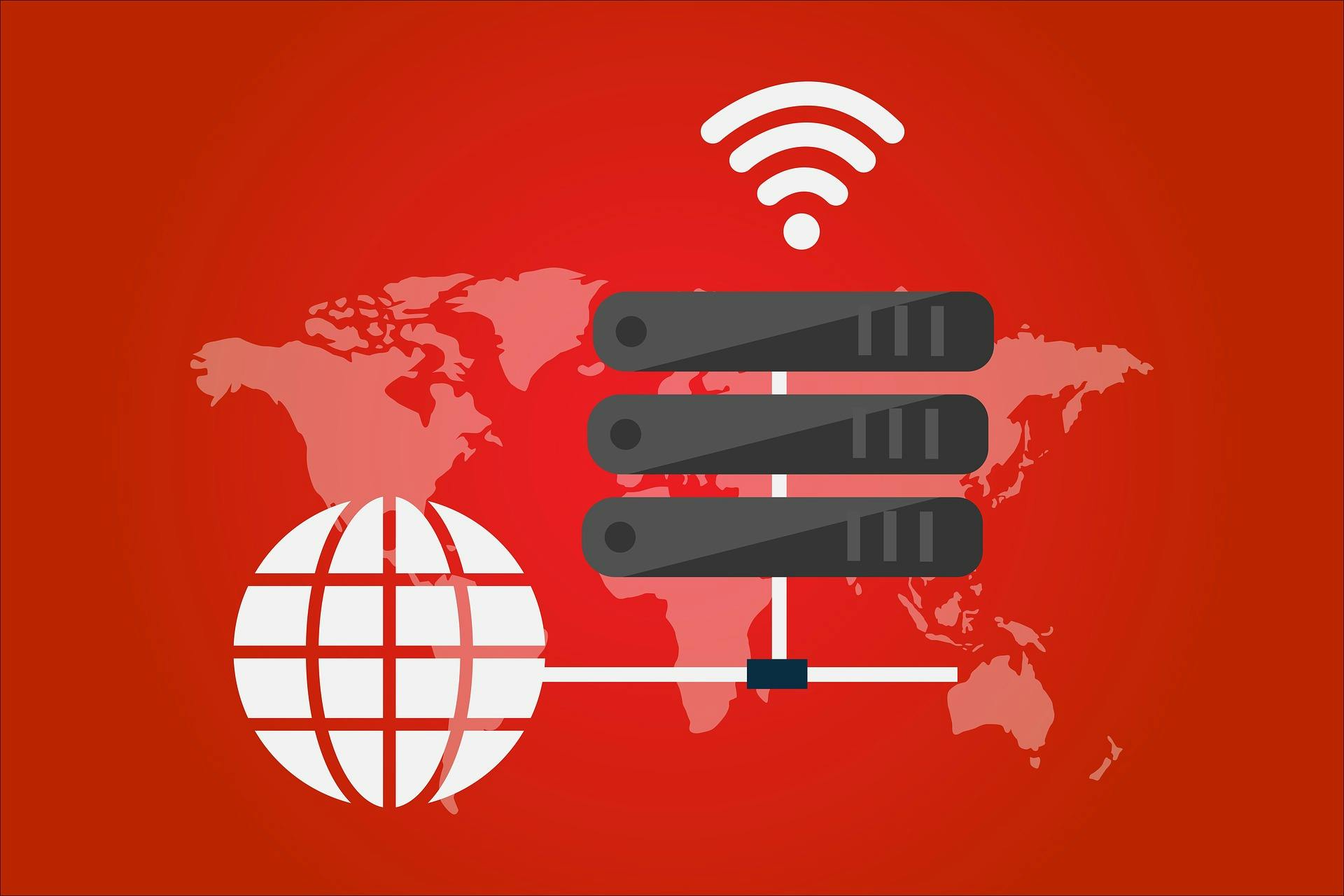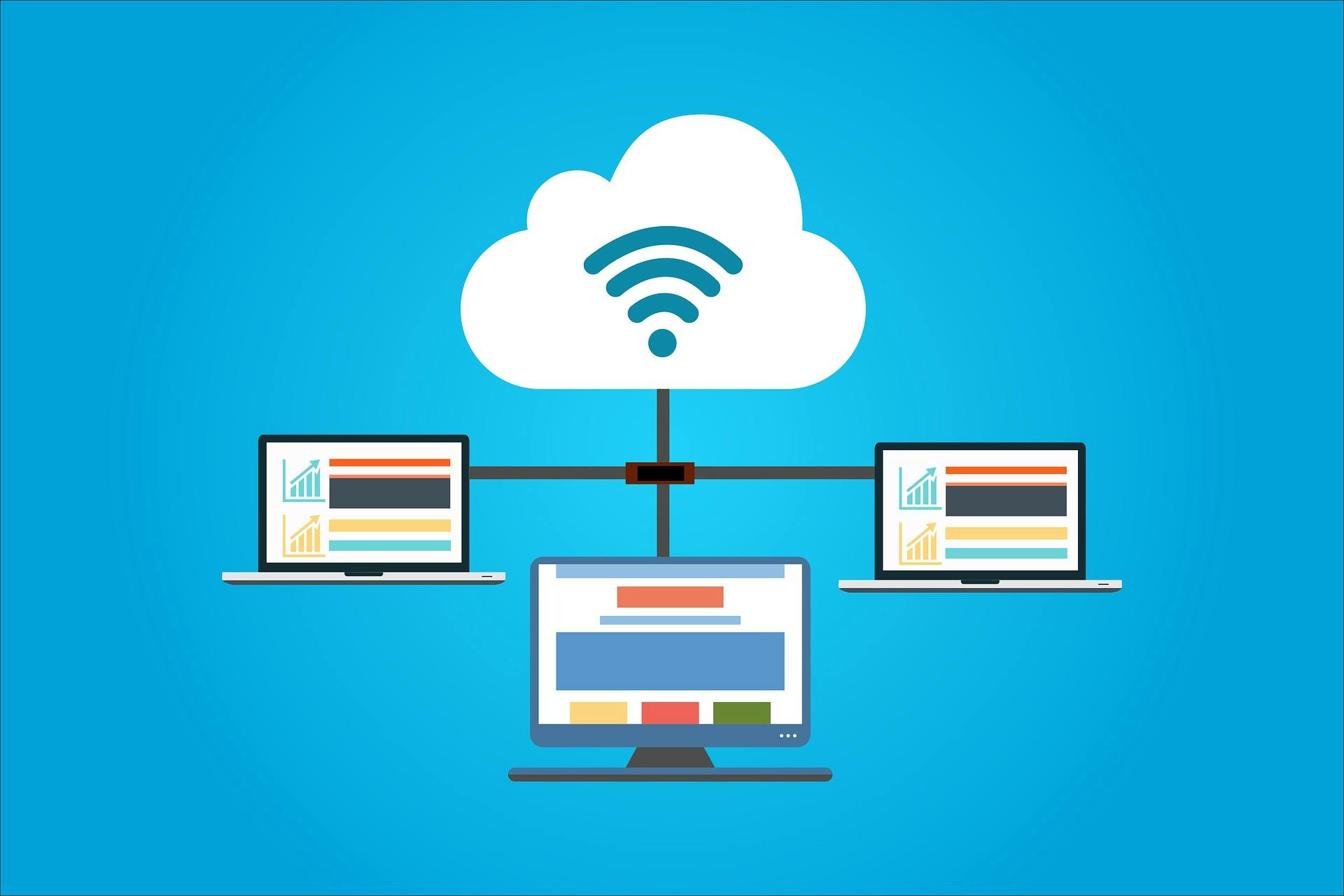Virtual desktop infrastructures streamline the usage and maintenance of large numbers of desktop environments on PCs, thin clients, and mobile devices. By doing this, they reduce hardware costs, can be either customizable for each user or standardized across the deployment, and streamline security and updates via centralization. There are many benefits to virtual desktop infrastructure usage.
What is Virtual Desktop Infrastructure?

A virtual desktop infrastructure (VDI) is a desktop environment that runs on virtual machines hosted either offsite or on the cloud. Employees can log in to these desktops from any device whether they’re in an office setting or on the road. The VDI works by sending “images” of the desktop environment on the virtual machine to the user, which the user then interacts with. Rather than interacting with the desktop directly, the user’s inputs are relayed back to the virtual machine. If you’ve ever used remote desktop to access your computer from another location, that’s the same concept, but on a smaller scale.
Reduced Hardware Costs
Some of the most compelling reasons to switch to VDI for many businesses are the reduced hardware and maintenance costs associated with it. When using a VDI, older or cheaper hardware isn’t as much of a drawback as it normally would be. Since the hardware is merely receiving a projection of what’s being run on a virtual machine, the capabilities of the hardware aren’t being pushed beyond their limits. This means that cheaper hardware can be used and the life cycle of hardware can be extended.
Additionally, VDIs work well within “bring your own device” (BYOD) workplaces. If your employees use their own devices for work, a VDI allows them to access and use the programs they need regardless of whether or not their machine would be able to run it. You won’t have to purchase computers or other devices for your employees to use if their own devices are capable of doing everything through the VDI.
Persistent and Non-Persistent VDIs

There are two major ways to serve VDIs to end-users. Either the instances can be persistent or non-persistent. Persistent VDIs are those that are personalized and save individual user changes. This means that every time an employee logs in to the desktop, they access the same desktop with their changes and files intact. Persistent desktops work just like your personal computer desktop, except that they can be accessed from anywhere. This type of VDI is often used for office workers or companies with long term projects.
Non-persistent VDIs aren’t personalized and don’t save changes made by users. Every time a user logs in, they’re sent a standardized instance at random. It could be the same instance they’ve logged into before, or it could be a completely new one. Either way, the instance is effectively a blank slate. This type of VDI is often used by schools, traveling employees, and event booth workers. For any situation in which users don’t need to access the same, saved instance of a desktop, non-persistent VDIs can be a good option for a cheaper price.
Centralized Security and Updates

IT security is always important for businesses to keep in mind. Security breaches can lead to costly downtime, expensive repairs, lost data, a decline in customer trust, and in some cases even legal penalties. Security is also one of the main concerns with BYOD workplaces because employee devices are so varied, are used for both work and personal tasks, and cannot be easily monitored by IT departments or providers. VDIs solve the majority of these issues by centralizing security on the virtual machine server. Every instance of the VDI can be monitored and secured from one location.
Although users can access their virtual desktop from anywhere, the virtual desktop itself is safe from the majority of malware that may be present on their physical device. This is because the user is merely interacting with an image of the desktop, not the installation itself. And if there does happen to be a security breach on any number of virtual desktops, it can be quickly fixed since they’re all hosted in the same place. If these VDIs are non-persistent, then the fix will be even quicker because it can be applied to the entire fleet of desktops at once.
Similarly, updates to the VDI instances can be done all at once if non-persistent instances are used. Rather than updating 100 individual devices, the one master VDI instance could be updated and projected out to 100 devices. This saves a large amount of time when it comes to system updates. And, even if persistent instances are used, they’re still all stored in the same location, making their updating faster than updating a large number of traditional desktops.
Conclusion
VDIs reduce costs associated with obtaining, maintaining, and using a desktop fleet. Whether you choose a persistent or non-persistent VDI will depend on how it is going to be used and who it is going to be used by. But, regardless of which option you go with, it will be a step up from a traditional desktop infrastructure. Because the VDI is hosted on a virtual machine, it can be accessed anywhere from any device. And because everything is virtual, updates, maintenance, and security monitoring can all be done in one place even if your employees are not.
IT Services Group
If your business still uses a large number of traditional desktop environments, it may be time to upgrade to a virtual desktop infrastructure. Contact ITSG today to learn more about the benefits of persistent and non-persistent VDIs and how they can save your business time and money in the long run.
